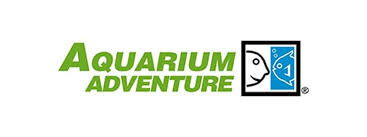
The Water Garden
With outdoor garden ponds becoming the most popular landscape element in America today, everyone has the ability to create a green space in their own home environment. What makes garden ponds so interesting is the addition of water to the typical garden. Ponds add patterned stonework, running water, fish to watch and feed, and flowering aquatic plants, attracting frogs, toads, birds and butterflies…before you know it, it’s a nature reserve in your backyard!
The art of taking an area that consists of nothing more than dirt or grass and turning it into a beautiful wildlife habitat, a lush garden that soothes the soul and a tranquil paradise is nothing short of miraculous. Families can explore and get excited about nature together-----its part hobby, part meditative and part educational. Creating a tranquil paradise can be easy or very complex --- the choices are endless.
Years of experience and lots of research has enabled all of us at Aquarium Adventure to acquire a wide selection of pond fish and water garden plants. The team can help you make the best selections for your particular water garden. Read our blogs for more insider tips.
Scroll below to see a few pictures of the beautiful species we carry, along with a bit of background information. A Freshwater fish and plant master list will give you an idea of what we generally keep on hand.
Already have a pond or water garden and in need of service, cleaning, seasonal openings and closings?
Pond Fish
From the goldfish family comes several types of cold water fish to be kept in ponds. Although records of the goldfish domestication date back over a 1,000 years, it was during the Chinese Ming Dynasty (1368 - 1643 AD) that goldfish became so popular that they were taken from their natural pools and maintained indoors in the beautiful pottery bowls of this period. In the 1500’s, the goldfish made its appearance in Japan.
In both China and Japan distinct “breeds”, varying greatly in physical characteristics, were developed strongly reflecting the tastes of both of these cultures. The Chinese taste for the bizarre developed the extreme forms—-the lion-head, the celestial eye, the telescope eye and more recently, the pearl-scale, the pom-pom and the bubble-eye. In contrast, the Japanese concentrated their efforts on the development of beautiful, graceful fish, “swimming flowers” characterized by long fins and colors that are best appreciated when viewed from above. From the Japanese come Koi and Shubunkin types of goldfish for the pond.
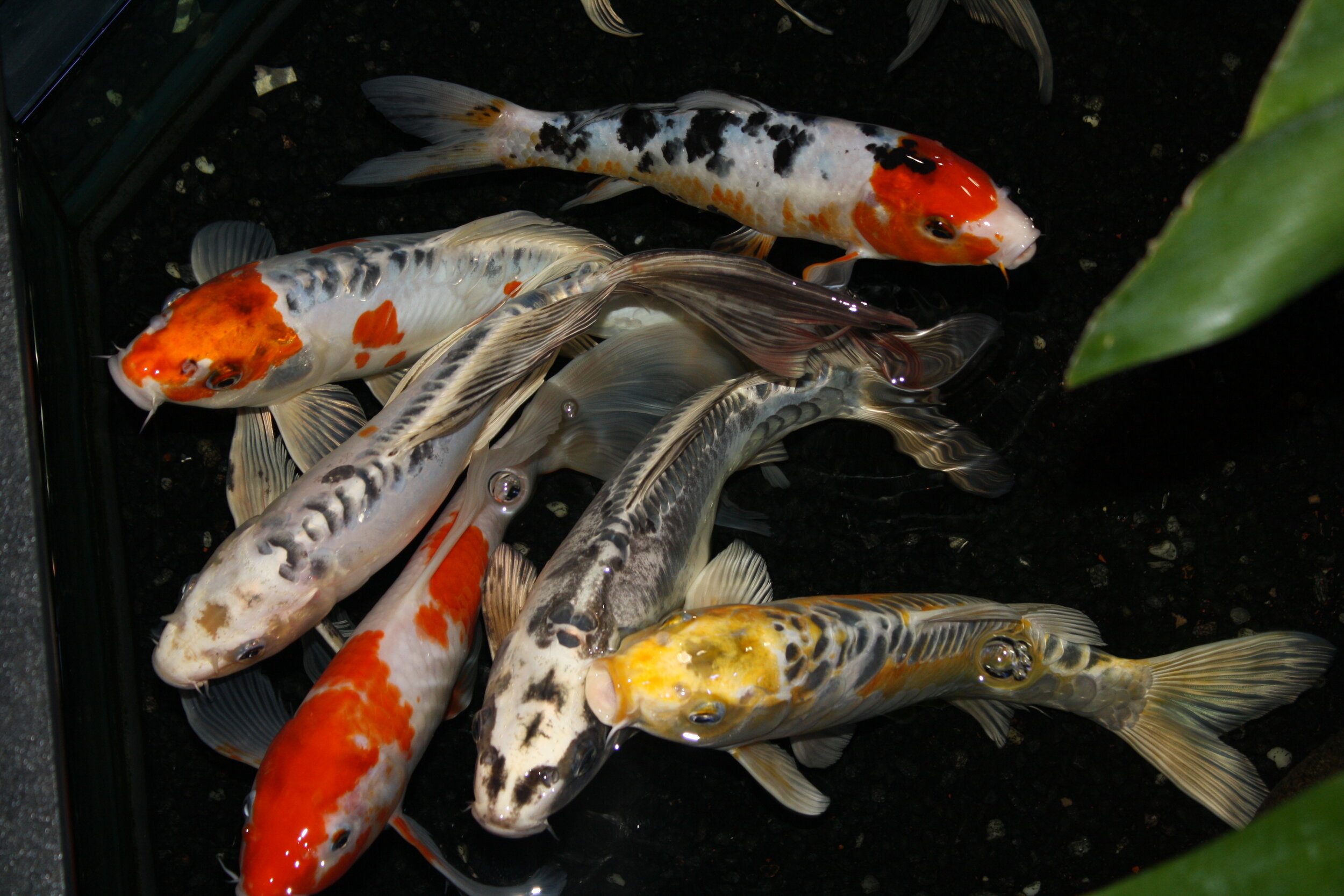
Koi Goldfish

Sarasa Comet Goldfish

Butterfly Koi
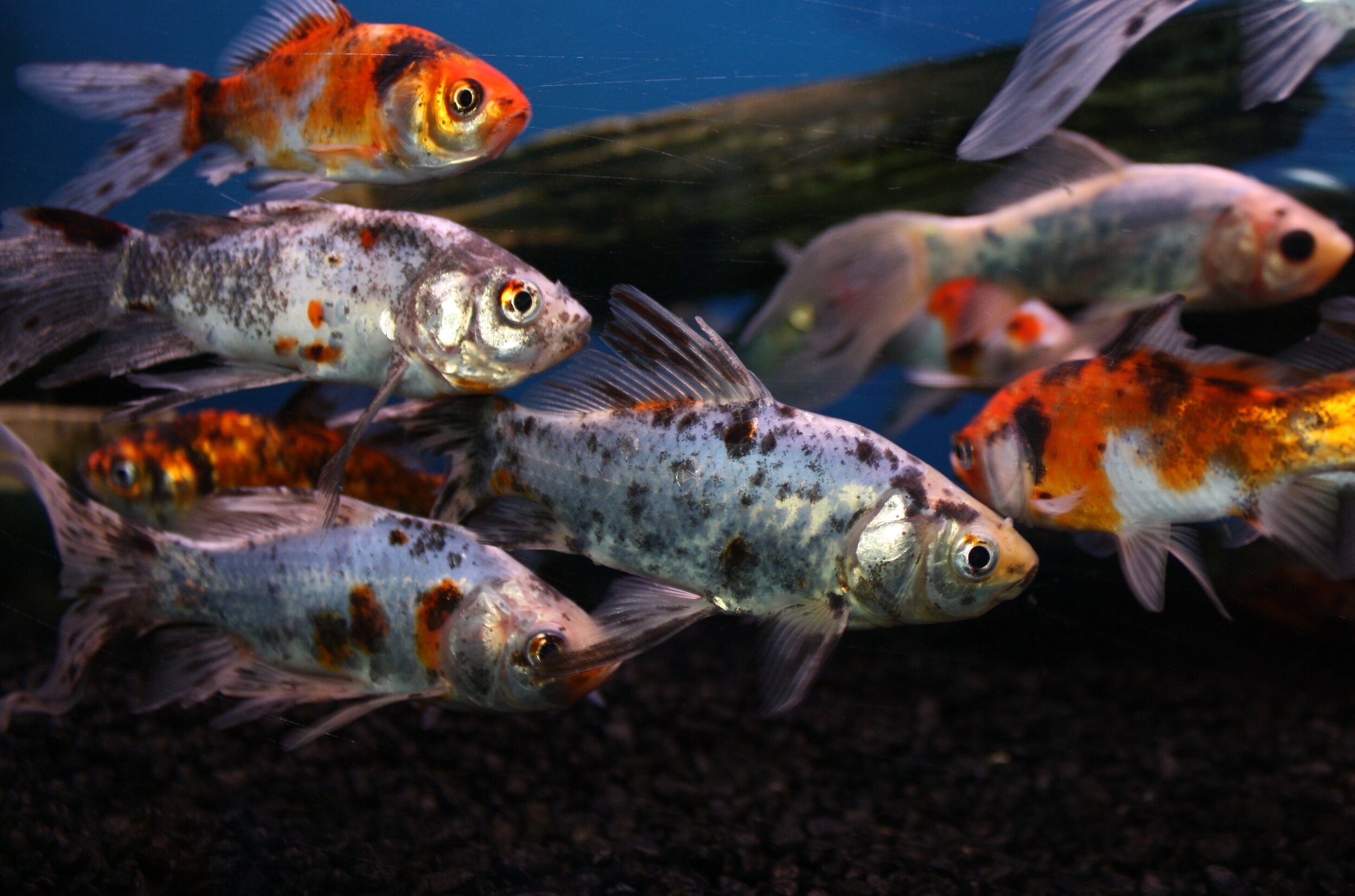
Shubunkin Goldfish

Gold Koi

Red & White Fantail Goldfish
Pond Plants
Planting the pond is the most enjoyable part because there are so many plant choices. For those who love gardening and being creative, deciding on the varieties to be planted in the different pond zones is fun and rewarding. There are four main groups of plants available; floaters, oxygenators, marginal and bog. All four can be used for aesthetic and practical purposes.
FLOATING PLANTS - These plants are used for both practical and aesthetic uses. They grow very rapidly and can quickly cover a pond. This fast growth helps them use nutrients and block sunlight, preventing excessive algae growth. Lilies are perhaps the most popular of all the pond plants. They are used primarily for aesthetic purposes, as they put out dozens of lily pads and beautiful flowers that rest on the surface of the water. Like Marginals, there are tropical and hardy versions of lilies and should be cared for the same as mentioned with Marginals.
SUBMERGED PLANTS - Oxygenators. These plants are used primarily for practical purposes, in that they grow rapidly and soak up excess nutrients and thus help with algae control. Plant these in pots and submerse in the bottom of the pond. Most of these are not winter hardy and should be removed from the pond when closing it for the winter.
MARGINAL PLANTS - Marginals are used mainly for aesthetic purposes, adding to the look of the pond. Generally they prefer to keep their “feet” wet; having their roots submerged 2-6 inches in the water. They should be planted in oversized planters to provide stability against rain and wind, and to allow for uninterrupted growth for a few years. There are two types: tropical and hardy. Tropicals do well during warm weather but will die off after the first freeze. Hardy marginal can be considered perennials, dying back in the winter, and re-growing the following spring.
BOG PLANTS - Bog plants are used mainly for aesthetic purposes too, also adding to the look of the pond. The difference between these and Marginals, is Bog plants prefer moist loving soil outside the pond, but not directly in the water.

Hardy Pond Lilies
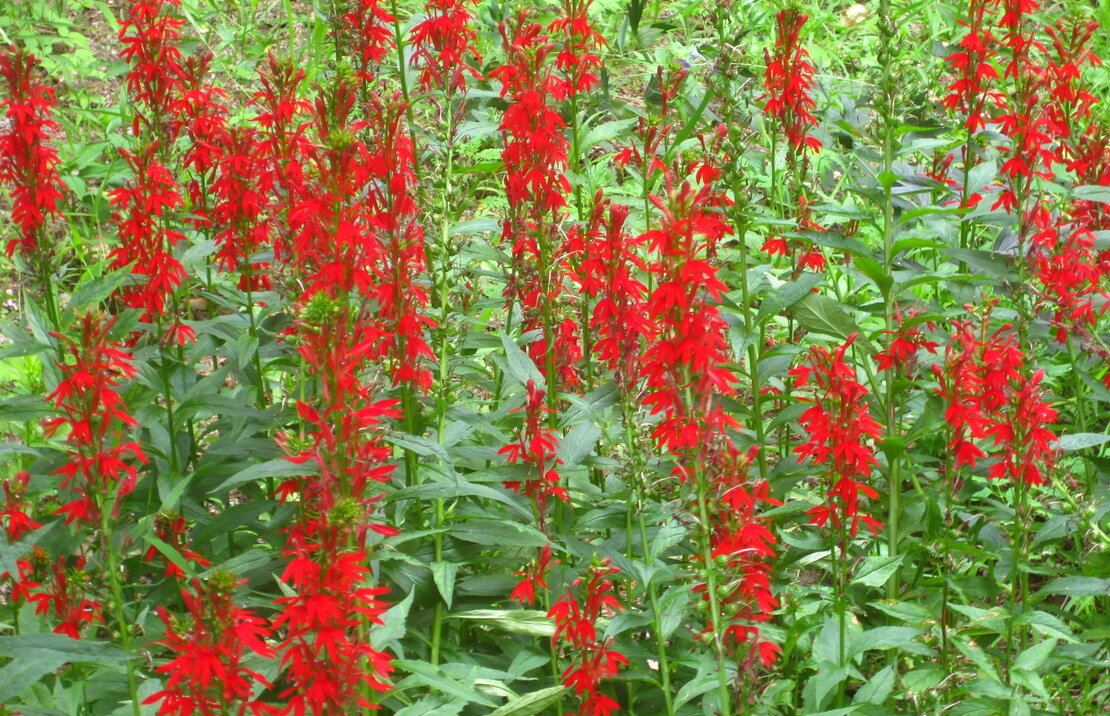
Cardinal Flower
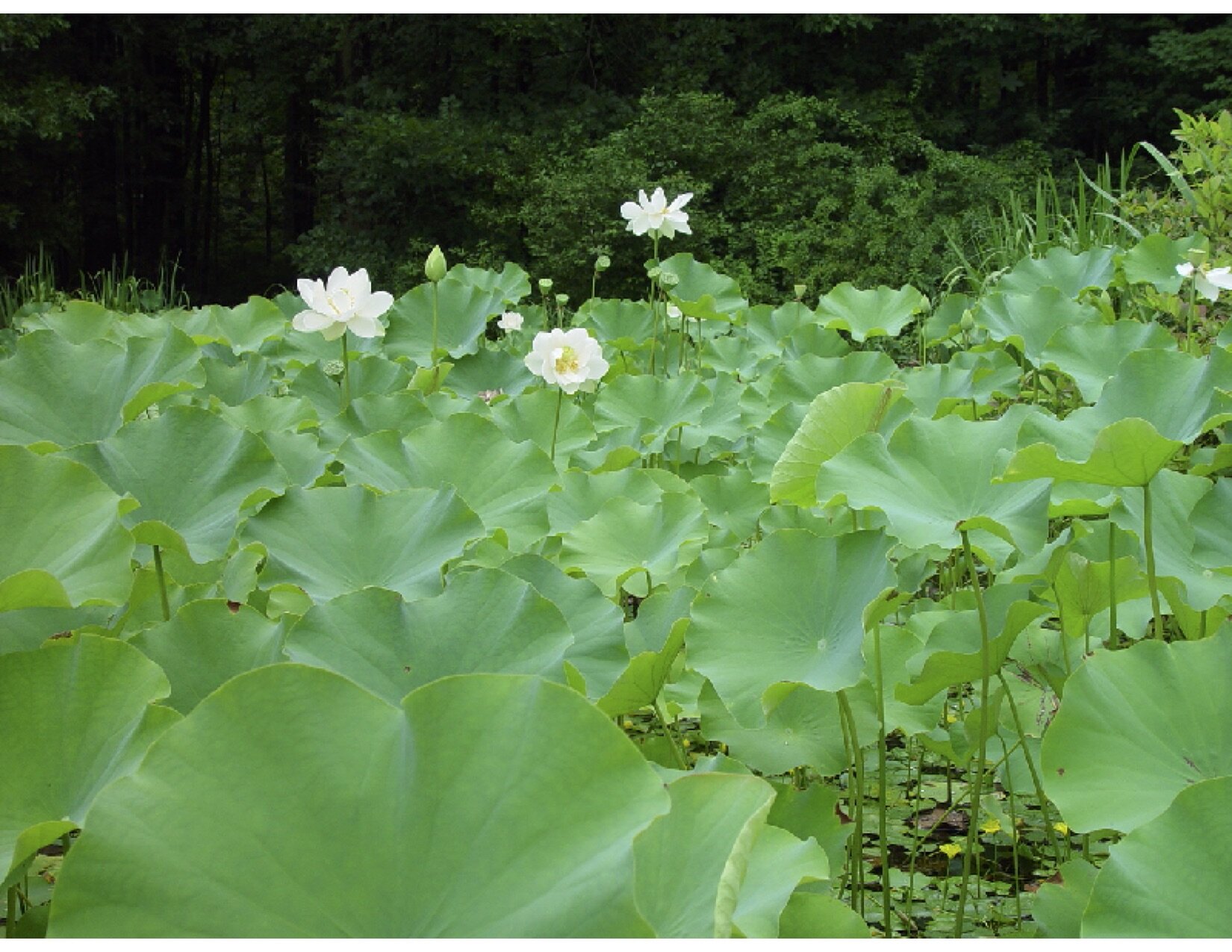
Lotus Plant

Water Lettuce
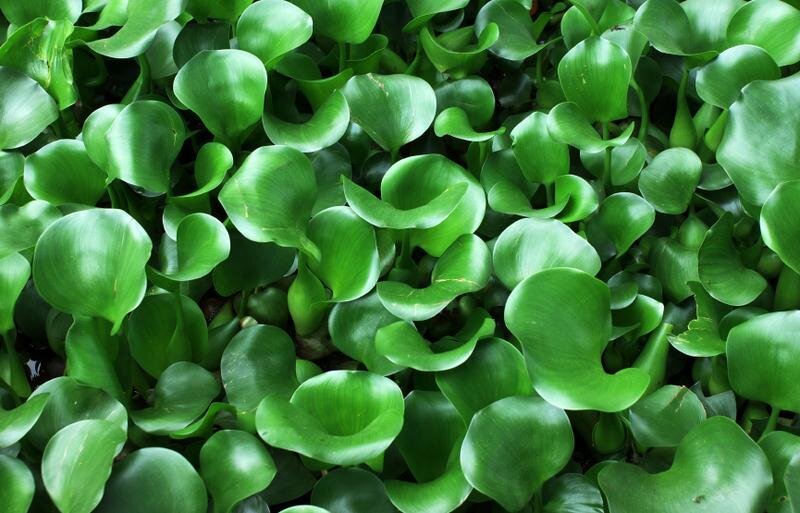
Water Hyacinth

Tropical Pond Lillies
